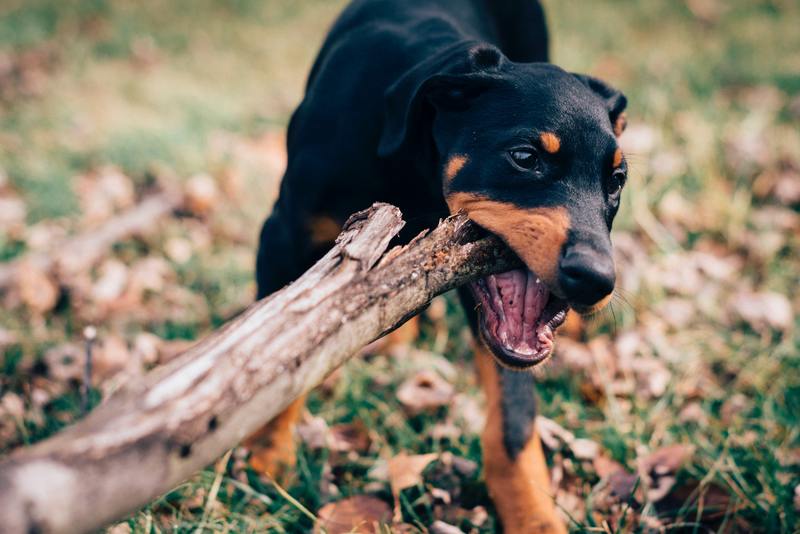Foreign Body Ingestion Becoming More Common
Nationwide pet insurance reports foreign body ingestion as one of its most common claims, demonstrating the severity of this pet safety issue. In 2018, policyholders filed more than $11.5 million in claims for foreign body ingestion for dogs and cats combined.
Can my dog poop out the foreign object?
The answer: it depends.
The large size of the canine esophagus allows large objects to be swallowed. But getting past the stomach and small intestine is entirely a different story.
There are muscular “rings” at the entrance and exit of the stomach. Whilst the esophageal muscles forces things to get past the ring at the entrance, there is less force that pushes them towards the exit. You’d be surprised how many objects make it through the stomach, but only a few of them get any further.
But if the stars do align and the foreign body does arrive in the colon, it would have no problem passing on to his stool. However, this is no guarantee that it wouldn’t be painless, especially if it’s a sharp object (like a stick). When this happens, do not pull the object from your pet’s rectum, even if it’s already protruding. If the object is still lodged inside, you can cause damage to the internal tissues if you pull it. Taking him to the vet would be the right choice. 
We can’t monitor our pets 24/7. One minute they are sleeping on the floor next to us, and before we know it, they have something in their mouths. Fast forward to later, they are vomiting and, we don’t know why. If you suspect he swallowed a foreign object, here are the clinical signs you should look out for.
The symptoms of intestinal blockage occur within 24 hours. And depending on the symptoms, it will tell you where the foreign body is and how long it has been since she swallowed it.
If the blockage is in the esophagus, clinical signs will appear right after swallowing the object. The affected dog will excessively lick their lips, swallow a lot, and vomit. His vomit may appear tubular in shape that includes large undigested kibbles. Dehydration is also a sign.
Blockage in the stomach usually means the pylorus is also blocked. The pylorus functions to prevent undigested contents (in this case, the foreign object) from getting to the small intestine. This also prevents digested food from going to the intestine, causing your dog to vomit.
If the foreign object makes it through the esophagus and the stomach, it can still get stuck in his small intestine. A blockage in the small intestine can cause gas to accumulate, resulting in a distended abdomen or swollen belly. Other symptoms also include abdominal pain, fever, and shock. Diarrhea and vomiting may also occur. An untreated obstruction in the small intestine can have serious consequences, even death.
Cats Love String and Ribbons While Dogs Love Just About Any Foreign Object!
Cats mostly eat strings and ribbons. Additionally, long-haired cats often become obstructed from hairballs. On the other hand, most dogs eat just about anything. Our teams have removed crazy objects from dogs – even knives – but often, it’s socks or underwear.
Depending on the object, the gastrointestinal tract can be affected differently, but ultimately, the results are the same: a trip to the emergency room.